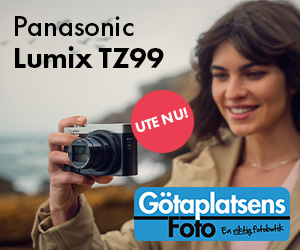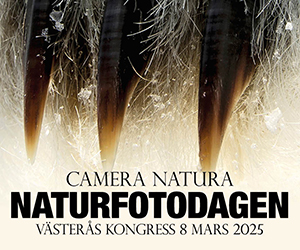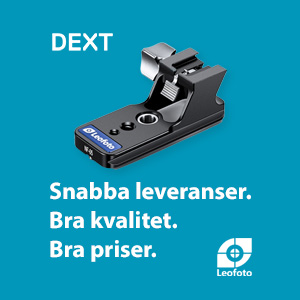gertoft skrev:
Att ett dyrt objektiv är uppbyggt av dyrare linser och oftare har en större diameter har alltså inget att göra med hur mycket ljus som kommer in???
Ett Canon 24-70mm f/2.8L och 70-200mm f/2.8L har en filtergänga på 77mm. Medan mitt Canon 50mm f/1.8 II har en filtergänga på 52mm. Förstår att det inte är filtergängans storlek som är det avgörande men använder den här som referens till objektivets/linsens diameter.
Hur kan då mitt smala 50mm få till bländare f/1.8 medan ett grövre L objektiv inte ger "mer än" f/2.8?
Hade en liknande fråga på Rollei Users Group:
Why is the front element on my Ross Xpres 3,8/105 *larger* that the one on
my 3,5/105 Tessar? (34,5mm vs 30mm in diameter). This seems strange, since
the 3,8 lens is a little slower than the 3,5 and they are both Tessar-types.
/Patric
The size of the front element is misleading because it is not what determines the speed of the lens. That is done by the entrance pupil. The outer element may be large to prevent vignetting of the image in order that the lens can cover a wider angle.
You can measure the size of the entrance pupil pretty easily. You need a card with a small hole in it and a flashlight or other small light to put behind it. The first step is to focus the lens exactly at infinity with the card as the focal plane. This is done by placing a plane mirror over the front of the lens and adjusting it so that the light from the pinhole is reflected back to the card near the hole. Of course, you can't focus it ON the hole or you won't be able to see it. This focuses the lens _exactly_ at infinity. Now, remove the mirror and place a translucent sheet over the front of the lens. This can be a sheet of thin paper. The circle of light projected onto this sheet from the pin hole source, is the size of the entrance pupil. Measure its diameter and devide the focal length of the lens by this number, that's the f/stop. Because the light from the front of the lens is collimated the distance of the translucent sheet is not critical.
While a first surface mirror is ideal for the autocollimating a shaving or makeup mirror will work satisfactorily, just make sure its not a magnifying mirror.
This method is useful for calibrating stop scales where a new one must be made or an existing one is of doubtful accuracy.
Autocollimating is also useful for measuring the focal length of a lens since it gives one of the necessary reference points. I've posted the method before but will do it again if anyone is intrested.
The Xpres (but not the Wide Angle Xpres) is a Tessar type lens with three cemented elements in the rear component. This may or may not improve the lens. The Gundlach Radar lens is similar but was definitely done to circumvent the Zeiss Tessar patent.
The Wide Angle Xpres is a Plasmat type lens of very good performance.
Richard Knoppow







